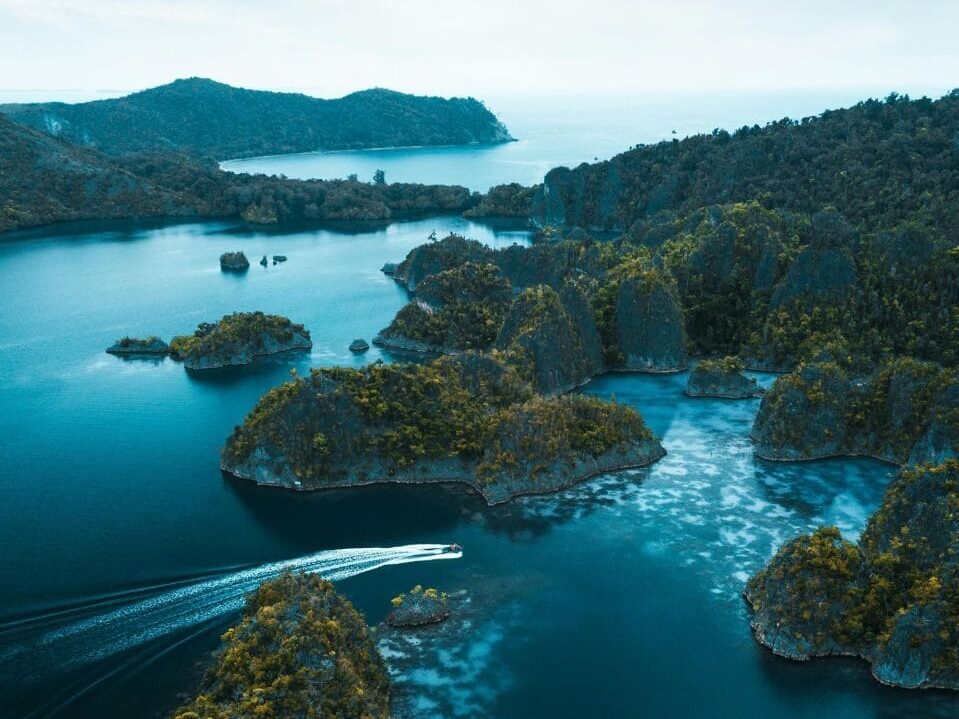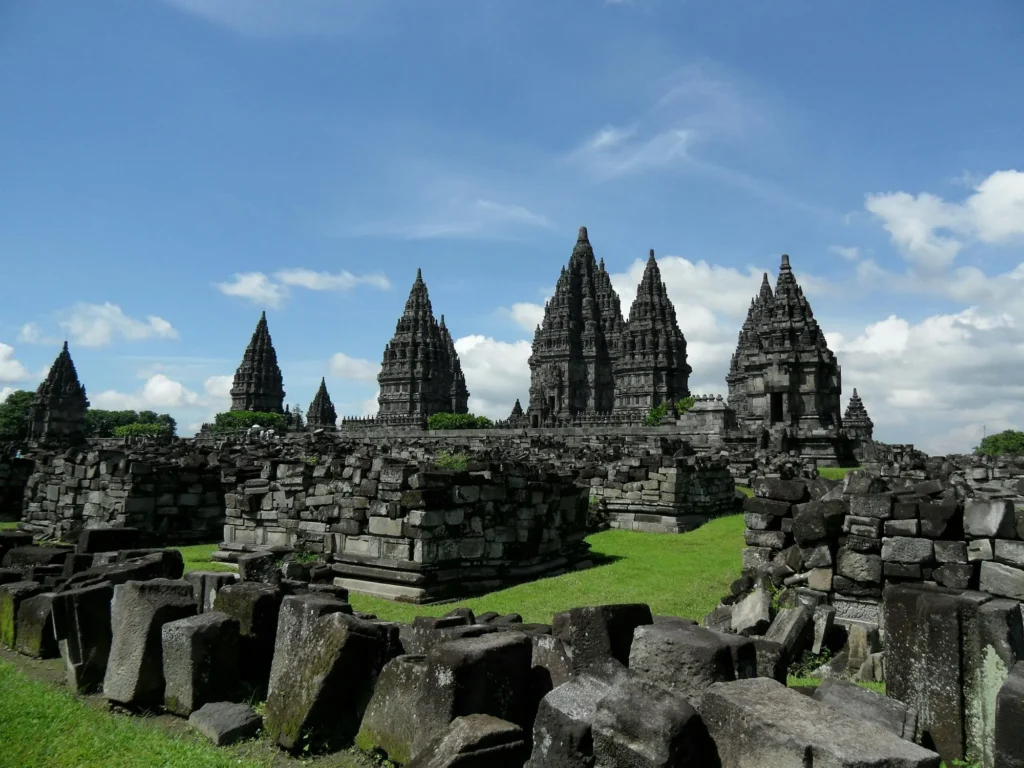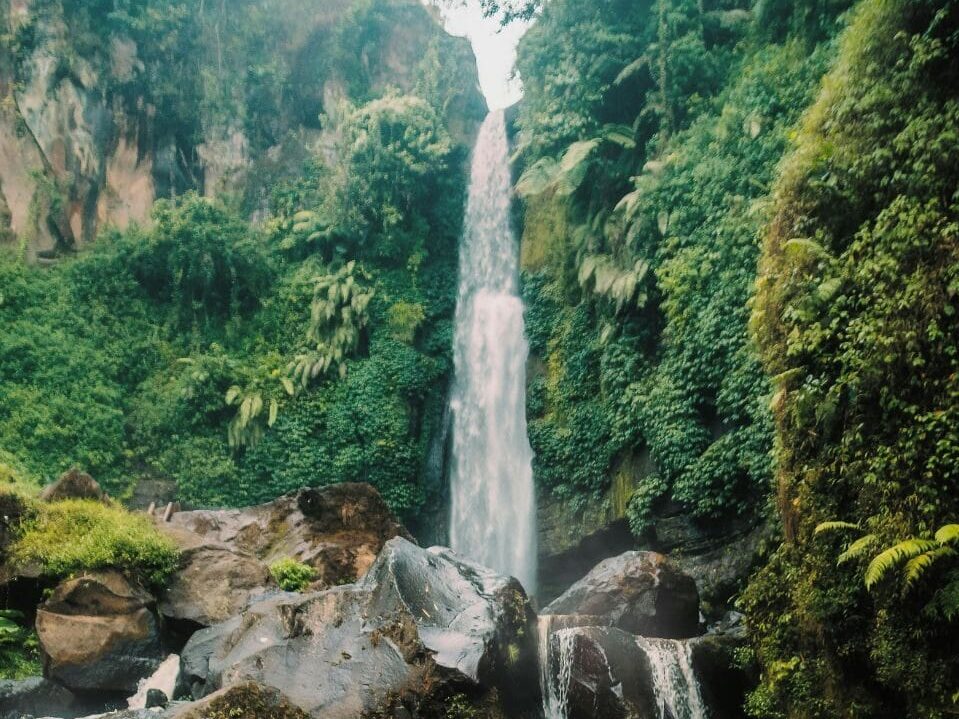Best Time to Visit Indonesia: for travelers seeking diverse experiences
Indonesia, an archipelago of over 17,000 islands, is a dream destination for travelers seeking diverse experiences. From the rich culture and history of Bali and Java to the natural wonders of Komodo and Sumatra. Indonesia offers everything from pristine beaches and volcano treks to bustling markets and ancient temples. However, when planning a trip to Indonesia, it’s essential to consider the weather patterns and seasonal events to make the most of your visit.
In this guide, we’ll explore the best time to visit Indonesia based on weather, festivals, and outdoor activities. Helping you plan the perfect vacation.
Best Time to Visit Indonesia for Perfect Weather: Dry Season (May to September)

The dry season, which runs from May to September, is the best time to visit Indonesia for clear skies, warm temperatures, and optimal outdoor activities. This is the peak tourist season, as travelers flock to the beaches, hiking trails, and cultural landmarks across the islands.
- Weather: The dry season in Indonesia offers warm, sunny days with average temperatures ranging from 27°C to 32°C (81°F to 90°F). Humidity levels are lower, and rainfall is minimal, especially in popular regions like Bali, Lombok, and Java. Coastal areas are particularly pleasant during this time, with refreshing ocean breezes.
- Outdoor Activities: The dry season is perfect for beach lovers, water sports enthusiasts, and hikers. You can enjoy surfing, snorkeling, and diving in Bali, Gili Islands, and Komodo National Park. For those who enjoy trekking, this is the best time to hike the famous Mount Rinjani in Lombok or the Mount Bromo volcano in Java.
- Festivals: The dry season also coincides with several vibrant cultural festivals. Including the Bali Arts Festival (June-July), which showcases traditional Balinese performances, music, and crafts. In August, Indonesia celebrates its Independence Day with parades, fireworks, and cultural events across the country.
While the dry season is the best time for ideal weather. It’s important to note that popular tourist destinations like Bali can get crowded. It’s recommended to book accommodations and activities in advance during this period.
Best Time to Visit Indonesia for Budget Travel: Shoulder Seasons (April and October)
For travelers looking to experience Indonesia without the peak-season crowds and high prices, the shoulder seasons in April and October offer a sweet spot between the dry and wet seasons. The weather remains relatively dry, but with fewer tourists, making it an excellent time to visit.
- Weather: During the shoulder seasons, temperatures are still warm, ranging between 26°C to 31°C (79°F to 88°F). While the likelihood of rain increases compared to the peak dry season. It’s usually limited to short, late-afternoon showers that don’t significantly impact travel plans.
- Outdoor Activities: April and October are great times for exploring Indonesia’s natural beauty with fewer tourists. You can still enjoy water sports like diving, snorkeling, and surfing, but with less competition for prime spots. The seas are calm, making boat trips to islands like Raja Ampat and Komodo more comfortable.
- Crowds and Costs: One of the key advantages of traveling during the shoulder seasons is the reduced cost of accommodations, flights, and tours. Many hotels offer discounts, and flights are generally cheaper than during the dry season. Popular sites like Ubud, Borobudur, and Tanah Lot are also less crowded, giving you more space to explore.
For budget-conscious travelers or those looking for a more peaceful experience, April and October are the best months to visit Indonesia.
Best Time to Visit Indonesia for Festivals and Culture: Wet Season (November to March)
The wet season in Indonesia runs from November to March and is characterized by frequent rainfall, particularly in the afternoons. While it may not be the best time for beach activities, the wet season is ideal for those who want to experience Indonesia’s cultural richness and lush landscapes without the tourist crowds.

- Weather: During the wet season, temperatures remain warm, averaging between 25°C to 30°C (77°F to 86°F). Rain showers are common, especially in the western and central parts of Indonesia, but they are often brief and followed by sunshine. Eastern regions like Raja Ampat and Sulawesi tend to experience less rain during this period.
- Cultural Activities: The wet season is a fantastic time for cultural exploration. Visit Yogyakarta and Solo in Java for their rich heritage, including temples like Borobudur and Prambanan. This season also features several important religious and cultural festivals, such as Galungan and Kuningan in Bali, which celebrate the victory of good over evil. These festivals offer a unique opportunity to witness local traditions and ceremonies.
- Lush Scenery: The frequent rains during the wet season bring Indonesia’s landscapes to life. The rice terraces in Ubud, Bali, are at their greenest, and the waterfalls, such as Tegenungan and Sekumpul, are more powerful and impressive during this time.
- Fewer Tourists: As this is the low season for international tourism, you’ll find fewer tourists at popular sites and attractions. This makes it easier to explore cultural landmarks, temples, and natural wonders without the crowds.
While the wet season may not be ideal for sunbathing or trekking. It’s the best time to experience Indonesia’s rich culture, festivals, and verdant landscapes.
Best Time to Visit Specific Destinations in Indonesia
Indonesia, an archipelago of over 17,000 islands, boasts diverse climates and attractions, making the best travel time vary depending on the destination. Here’s a comprehensive breakdown of when to visit Indonesia’s top regions to maximize your experience:
Bali:
The dry season, from May to September, is the ideal time to visit Bali for sunny days, pristine beaches, and outdoor adventures. This period is perfect for activities like surfing, hiking Mount Batur, or lounging on the island’s iconic beaches like Kuta and Seminyak. However, Bali’s rich cultural experiences—like traditional ceremonies and temple visits—make it a year-round destination. Even in the wet season (October to April), you can enjoy fewer crowds, lush green landscapes, and refreshing rains that often occur in short bursts.
Java:

Java’s dry season (May to September) is perfect for exploring its renowned cultural and natural landmarks, such as Borobudur Temple, Mount Bromo, and the vibrant cities of Yogyakarta and Surabaya. These months provide clear skies for witnessing dramatic sunrises over volcanic landscapes. If you prefer fewer crowds, consider visiting during the shoulder months of April or October, when the weather is still relatively favorable, and tourist hotspots are quieter.
Lombok and the Gili Islands:
The best time to visit Lombok and the Gili Islands is during the dry season, from May to September. These months offer ideal conditions for diving, snorkeling, and relaxing on serene beaches like Tanjung Aan and Senggigi. The waters are calm, visibility is excellent, and the islands are less crowded compared to Bali, making them a tranquil escape for travelers.
Komodo National Park:
The dry season (May to September) is the prime time to explore Komodo National Park. During this period, calm seas and excellent underwater visibility make it perfect for diving and snorkeling among vibrant coral reefs and marine life. It’s also the best time to spot the legendary Komodo dragons in their natural habitat. Visitors can enjoy hiking on rugged islands like Komodo and Rinca without worrying about heavy rains.
Raja Ampat:
Raja Ampat’s premier diving season runs from October to April, when calm seas and excellent visibility make it a diver’s paradise. This period offers a chance to explore some of the world’s most biodiverse coral reefs. Unlike other parts of Indonesia, Raja Ampat experiences relatively consistent weather throughout the year, making it a suitable destination for non-diving activities such as kayaking and island-hopping.
Sumatra:
Sumatra’s dry season, from May to September, is the best time to visit for trekking through lush rainforests, encountering wildlife like orangutans in Gunung Leuser National Park, and experiencing the scenic beauty of Lake Toba and the Mentawai Islands. The reduced rainfall ensures safer trekking conditions and better visibility for wildlife spotting.
Each destination in Indonesia offers unique experiences throughout the year, but timing your visit to coincide with the ideal season ensures the best possible weather and activities. Whether you’re looking for cultural immersion, outdoor adventures, or tranquil relaxation, Indonesia has something for every traveler at any time of the year.

Conclusion: Best Time to Visit Indonesia
The best time to visit Indonesia depends on what you’re looking for in your travel experience. The dry season from May to September is perfect for beach lovers, outdoor enthusiasts, and those seeking ideal weather. For budget travelers and those wanting fewer crowds, the shoulder seasons in April and October offer great value and comfortable weather. The wet season from November to March is best for cultural exploration, festivals, and witnessing Indonesia’s lush, green landscapes.
No matter when you visit, Indonesia promises a rich and diverse experience filled with stunning natural beauty, vibrant culture, and warm hospitality.
